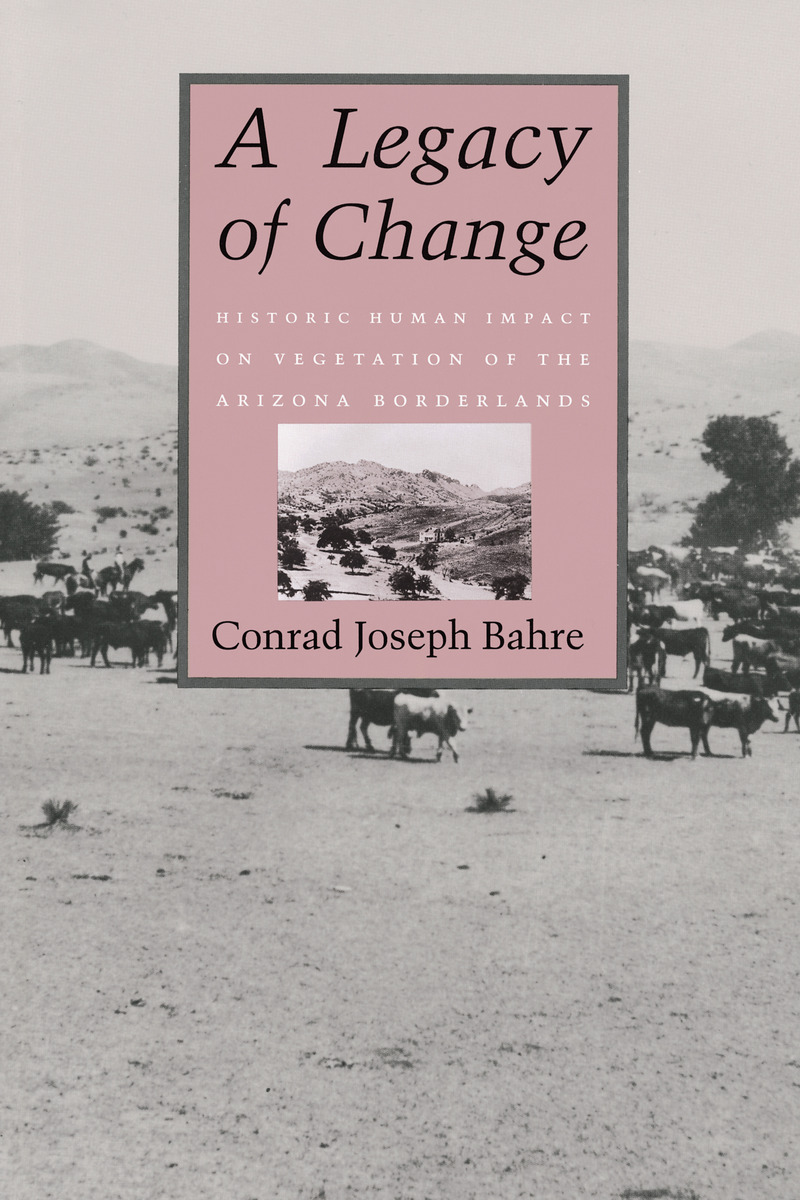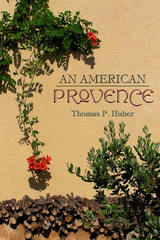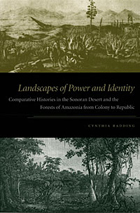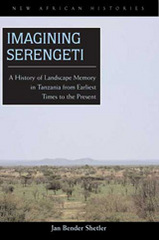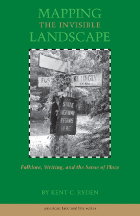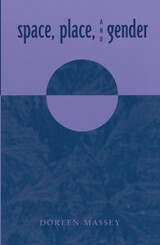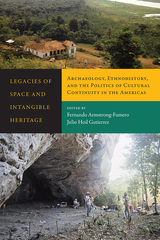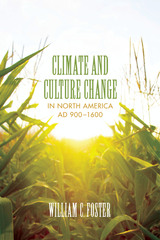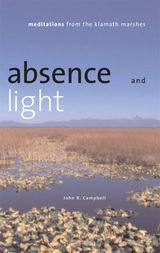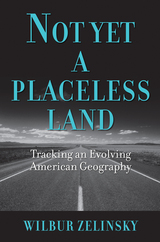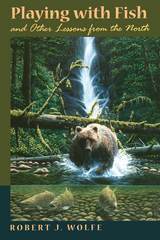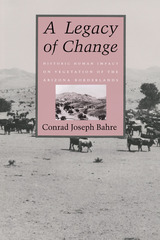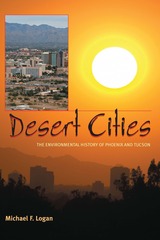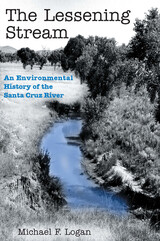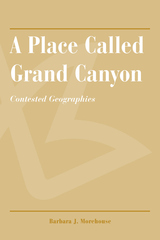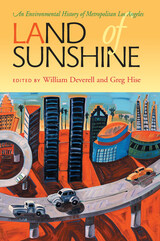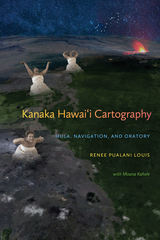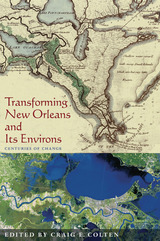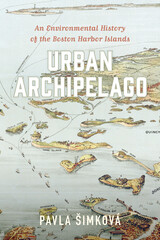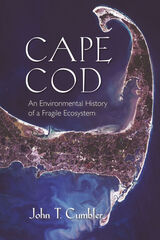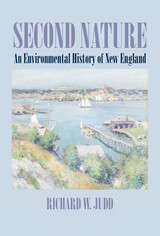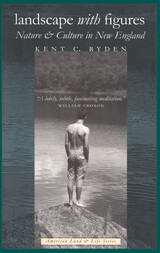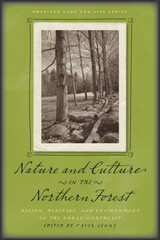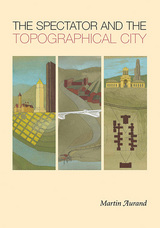A Legacy of Change: Historic Human Impact on Vegetation in the Arizona Borderlands
University of Arizona Press, 1991
eISBN: 978-0-8165-3639-9 | Cloth: 978-0-8165-1204-1
Library of Congress Classification GF504.A6B34 1991
Dewey Decimal Classification 581.52640979153
eISBN: 978-0-8165-3639-9 | Cloth: 978-0-8165-1204-1
Library of Congress Classification GF504.A6B34 1991
Dewey Decimal Classification 581.52640979153
ABOUT THIS BOOK | AUTHOR BIOGRAPHY | REVIEWS | TOC
ABOUT THIS BOOK
The arrival of Anglo settlers in the 1870s marked the beginning of major vegetation changes in southeastern Arizona, including an increase in woody plants in rangelands, the degradation of riparian wetlands, and the spread of non-native plants. While many of these changes have already been linked to human land-use through comparative photographs and historic descriptions, it has long been presumed that changes in the region's climate have also contributed to vegetation change.
Geographer Conrad Bahre now challenges the view that these vegetation changes are due to climatic change. Correlating his own field research with archival records and photographs, Bahre demonstrates that most of the changes follow some type of human disturbance, such as cattle grazing, fuelwood cutting, wildfire suppression, agriculture, and road construction. Indeed, all available evidence suggests that Anglo settlement brought unprecedented changes to the land.
Vegetation change in the American West has long been an issue of concern. This careful scrutiny of one corner of that region—one of the most ecologically diverse areas of the United States—shows how poorly understood is the relationship between human activities and vegetation. More important, it introduces new techniques for differentiating between natural and anthropogenic factors effecting vegetation change that can be used to help ecologists understand vegetation dynamics worldwide.
Geographer Conrad Bahre now challenges the view that these vegetation changes are due to climatic change. Correlating his own field research with archival records and photographs, Bahre demonstrates that most of the changes follow some type of human disturbance, such as cattle grazing, fuelwood cutting, wildfire suppression, agriculture, and road construction. Indeed, all available evidence suggests that Anglo settlement brought unprecedented changes to the land.
Vegetation change in the American West has long been an issue of concern. This careful scrutiny of one corner of that region—one of the most ecologically diverse areas of the United States—shows how poorly understood is the relationship between human activities and vegetation. More important, it introduces new techniques for differentiating between natural and anthropogenic factors effecting vegetation change that can be used to help ecologists understand vegetation dynamics worldwide.
See other books on: Change | Climatic changes | Effect of human beings on | Land use | Legacy
See other titles from University of Arizona Press
